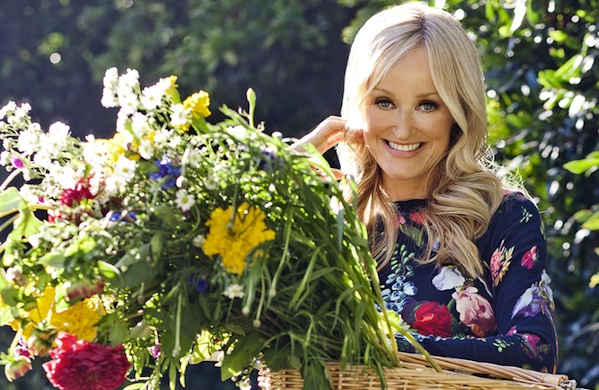
And that’s OK. Best-selling author Sophie Uliano tells us how to design a natural beauty regimen according to your own rules.
Something struck me when I spoke recently with several experts for an article about natural beauty products. As much as they all agreed that plant-based oils and fruit-derived enzymes are preferable to creams laden with synthetic ingredients, there didn’t seem to be a clear consensus on what “natural beauty product” even means. "If I can't pronounce it … then I won't buy it” (as one expert told me) may work as a rule of thumb, but it's not exactly a precise definition.
I’m not alone in sensing this muddle. One of the experts I spoke to, Sophie Uliano, the blogger and New York Times best-selling author of Gorgeously Green, is quick to acknowledge the potential for confusion. “It’s all very complicated for the consumer,” she says. The fact that the US government doesn’t monitor cosmetics production or regulate use of the term “natural” doesn’t help.
But if anyone is prepared to explain how we should be thinking about natural beauty, it’s Sophie. Since her pregnancy, she’s devoted her time to reading peer-reviewed reports, learning chemical names and side effects, testing products, and inventing at-home recipes. I asked Sophie how a novice could design a personal care routine using products that are safe for herself and the environment but still effective. Below she shares four steps for anyone interested in doing so. Just remember: according to Sophie, part of the process is learning to do your own research, set your own standards, and trust your common sense.
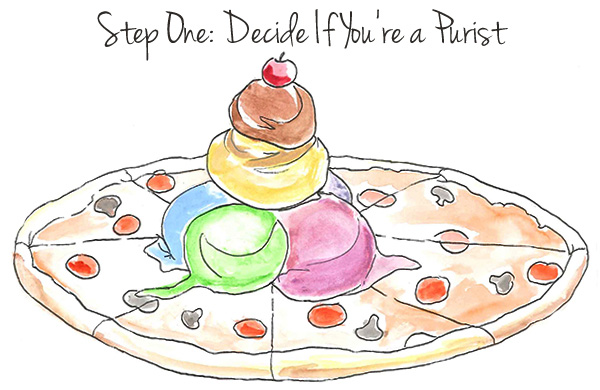
Sophie doesn’t believe in rules so rigid that they make your routine unrealistic. “I’m not a purist,” she says. “I’m somewhere in the middle.”
She likens committing to a natural beauty regimen to going on a diet: “If you were on a really strict organic cleanse—no dairy, sugar, refined flour, that’s great. It is obviously much better for you. But if every now and again, you want to have a Domino’s pizza or Ben & Jerry’s ice cream, that’s fine, too.”
Because she’s not trying to be Ms. All Natural All the Time, she’s willing to compromise on select ingredients. One example is silicones, which are used in everything from hair serums to Method dish soap to foundation. They’re considered non-natural by various organizations, but Sophie doesn’t boycott them completely. “I think [dimethicone, a kind of silicone] has a place, … and it’s such an effective ingredient that, in many ways, you can’t get the same feel from [anything else].”
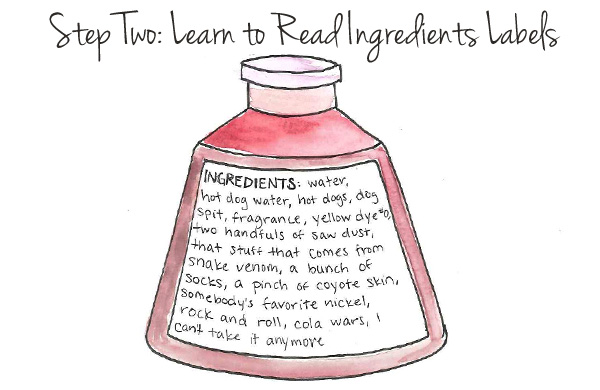
So what ingredients does Sophie consider absolutely taboo? Formaldehyde, fragrance, and phthalates.
Sophie also avoids a few other ingredients that may be endocrine disrupters (read: might interfere with your body's hormone system) and/or carcinogenic. Here’s her list:
* DEA and TEA: Emulsifiers that keep products from separating. They can create nitrosamines, which are possible carcinogens, during the manufacturing process.
* BHA/BHT: These preservatives are endocrine disrupters and possible carcinogens.
* Sodium lauryl sulfate: It’s not known to be carcinogenic, but it’s an endocrine disrupter that causes dryness and irritation—at least for Sophie.
* PEGs: Like DEA and TEA, PEGs are substances (such as propylene glycol) that might create carcinogens during manufacturing.
* Triclosan: Often found in antibacterial products, this ingredient is an endocrine disrupter and “very bad for the environment.”
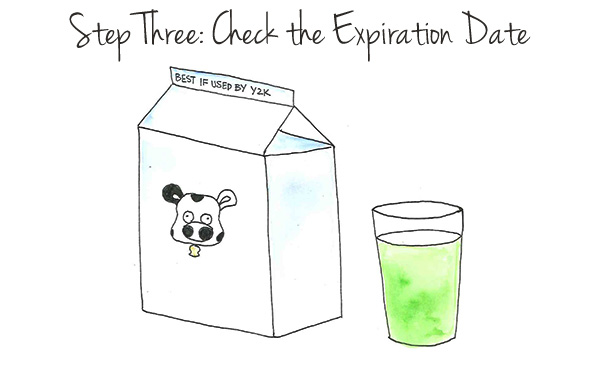
Parabens aren’t necessarily verboten for Sophie, though she acknowledges that more and more consumers and brands have found reason to phase them out. She warns that if you do cut the common chemical preservatives, you need to make sure that the product has a clear expiration and after-opening date, or you might wind up limiting yourself to products that expire quickly or are already inactive (aka ineffective) when they hit the shelf.
“If you’re using products that don’t contain parabens … then you really have to figure out how long your product is going to last before it’s completely inactive or, worse, it starts to grow mold and bacteria,” she says.
For instance, many vitamin-C-based products may actually contain unstable forms of the antioxidant that oxidize rapidly and become inactive. Don’t lose hope, though! In this video, Sophie shows how to make a simple anti-aging serum with stable vitamin C at home. And if you can’t find your funnel, Sophie suggests following these tips for buying effective antioxidant-based products:
* Choose products in dark bottles (sunlight can expedite the oxidizing process)
* Look for products stamped with an expiration date. This means the company actually took shelf life into consideration. It also tells you when you need to re-up.
* Write to the manufacturer and ask them if they use a stable form of vitamin C.
* Buy from companies that make small batches and are very clear about how long their products last.
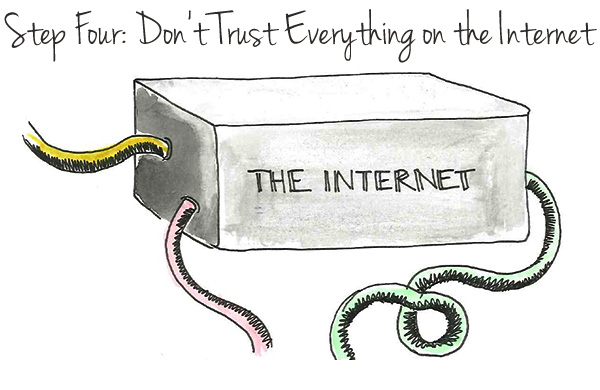
Where should consumers go for more information? “Not the Internet,” Sophie says. “Because there’s so much scaremongering.” She claims that the carcinogenic label is thrown around way too liberally online, when “there are very few ingredients that are absolute known carcinogens (one of which is formaldehyde).”
If you hear a celebrity or a renowned expert condemn something, take it with a grain of salt until you’ve done some research. “Make sure that any books or Internet articles [you read] are fully substantiated with numerous peer-reviewed and cited reports.”
Sophie recommends products that have been certified under NSF/ANSI 305 ("It’s probably the most comprehensive certification to date in the field”). However, she emphasizes that at the end of the day, if you’ve done your research, then sometimes it’s OK to fall back on good old common sense. “[If you] go to Whole Foods and try a product full of honey and propolis and shea butter, and it smells good, and it nourishes, and it absorbs,” then just go for it! In other words, do what comes naturally.
Top photo courtesy of Sophie Uliano; Illustrations: Jen Jackson, Groupon










